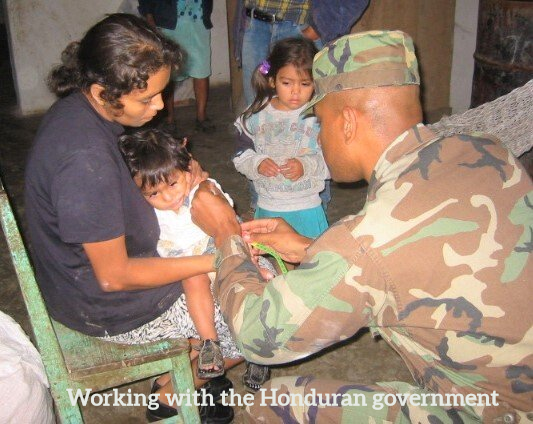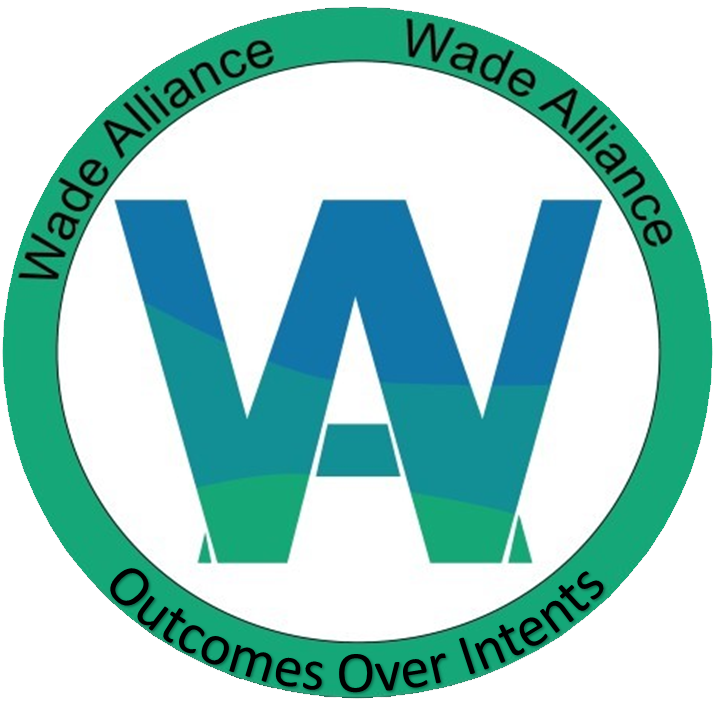Changing the White Savior Label
White Saviorism, or White Savior Complex, describes a Westerner who believes that he/she can help the helpless non-white people without their input.

White Saviorism ignores the target group's needs, history or culture. “Voluntourism” is a unique version of this behavior where usually white-identifying Americans travel to Africa (or other nations) to provide aid, often for personal fulfillment. The help offered is believed to be better than anything that the local people can provide for themselves. This arrogance can go horribly wrong, as it did in Uganda when an untrained worker attempted medical care and 105 children died. (NPR’s All Things Considered: American with No Medical Training Ran Center for Malnourished Ugandan Kids.)
White Saviorism also applies to every nonprofit and governmental agency whose leader or Board of Directors bears no resemblance to the community it serves. It manifests when well-intentioned members of the resource rich group lead without the talent or input of those in need. The findings of BoardSource, Leading with Intent: 2017 Index of Nonprofit Board Practices reports that nonprofit boards have not significantly changed despite explicit language of diversity and inclusion. They also predict that boards are not likely to change in the future.
Admittedly, the phrase “White Savior” can feel offensive on two fronts. The label "white" feels divisive and challenges the privilege of being seen as the default group. It impedes the desire to see charity as colorblind. The term "Savior" is difficult for people who identify as altruistic, socially aware or opposed to religious labels. It has a negative connotation, unlike the label “hero” or “collaborator” and categorizes our altruistic behavior as less noble, self-promoting and self-serving.
The individual responsibility of decision makers within an organization driven to assist is to examine the results of their work from the perspective of the group in need, while de-emphasizing the intent of the organization. Early efforts by TOMS shoes is an example of a good intention with an unexpected outcome. After Blake Mycoskie saw the impact of having shoes on children in Nicaragua his simple idea was to provide shoes. The problem surfaced when the local economy of shoemakers was disrupted, and the issues of clean water, immunizations, food and safety were ignored for a problem that was relatively insignificant. The problem with White Saviorism is the tendency of those with resources and a different culture to project what the intended group needs.

Changing the outcome of the work you and your organization is not easy, but it is far from impossible. Acknowledging the possibility of improving outcomes to focus on the needs of the population from their point of view is the first step.
Here are four additional steps that can help expunge the White Savior label and improve outcomes:
1. “Nothing for us, without involving us.”
Acknowledge that all planning should include the people who need help. All charitable work for humans should begin this way. Unlike saving animals or plants who cannot communicate their desires or needs, people can communicate. Eliminating the paternalistic view that the less fortunate cannot decide for themselves is essential to creating agency or the capacity for others to make their own free choices. When planning an intervention, event or service at least one person from the targeted group should have an active voice in the process. Obviously one or two people cannot represent every viewpoint and concern, but the right people may bring the focus to the areas most in need of help.
2. “You will never have the same experience as someone native to the culture.”
Be explicit in identifying the strengths of the target community. If the community has an efficient and reliable means of communicating, adding cell phones may be disruptive and create a new problem of needing power or cell service. Believe that a community can identify the problem and create a solution instead believing that your solution is the best. As a parent of teens I easily identify with the belief that my son’s life would be better if he simply did things my way. I may discount his creativity, experience with technology and alternate priority. The reality is that the best work and the best outcome is usually achieved when everyone fully participates in the process and contributes their perspective and talent. The most creative and sustainable solutions usually come from those with the most to lose.
3. “Play on the team.”
Be a player not an announcer. A player is in the game and has the same goals as everyone else. An announcer sees the players as interchangeable assets used for entertainment. To avoid the savior complex there has to be the sweat equity created on the field with teammates not the spectator sweat experienced while watching from a safe distance. “Voluntourists” may look like players but they are more like referees unaffected by the final outcome of the game. There needs to be as much connection as possible between the helpers, those being helped and the outcome where the victory belongs to everyone on the team.
4. “Be a part of the show.”
Using an arts metaphor: be an actor not a patron. Giving money is important in sustaining any performance, but the results come from the people on stage and behind the scenes doing the work. If you have ever been on stage you know that you rely on every person to hit her mark. The actor in a one-person performance doesn't control the lights, sound or scenery and has to rely on the assistance of others for a successful performance. A patron’s financial contribution does not guarantee a “hit” show and may have little emotional attachment. The emotional attachment comes from the work and shared risks.
The intent is not to bring shame or doubt if the current work you lead falls into the 'White Savior' category but most of us believe that knowedge leads to change. Consider these two additional opinions and their potential knowledge:
A 5 ½ minute
vlog from Everyday Feminism about the problems of the trope and
Kellye Whitney’s take
that we should not have the term at all and just call them "Leaders". The ultimate goal is to make a positive impact with the humility that recognizes the humanity of the people being helped.
Charity is an important aspect of our connection to others but outcome is exponentially more important than intent. The best outcomes are from initiatives driven by those who are part of the culture and experience the need. Approaching charitable and social justice work from the perspective of the local people is both just and more productive. If you question whether your actions or the actions of your organization fits the definition of attempting to be a savior, the litmus test is the inclusiveness of the target population in planning, execution and evaluation. If they aren’t vital to all three areas, you may be acting like a White Savior and becoming inclusive is the first step that you can take to change.
Comments











